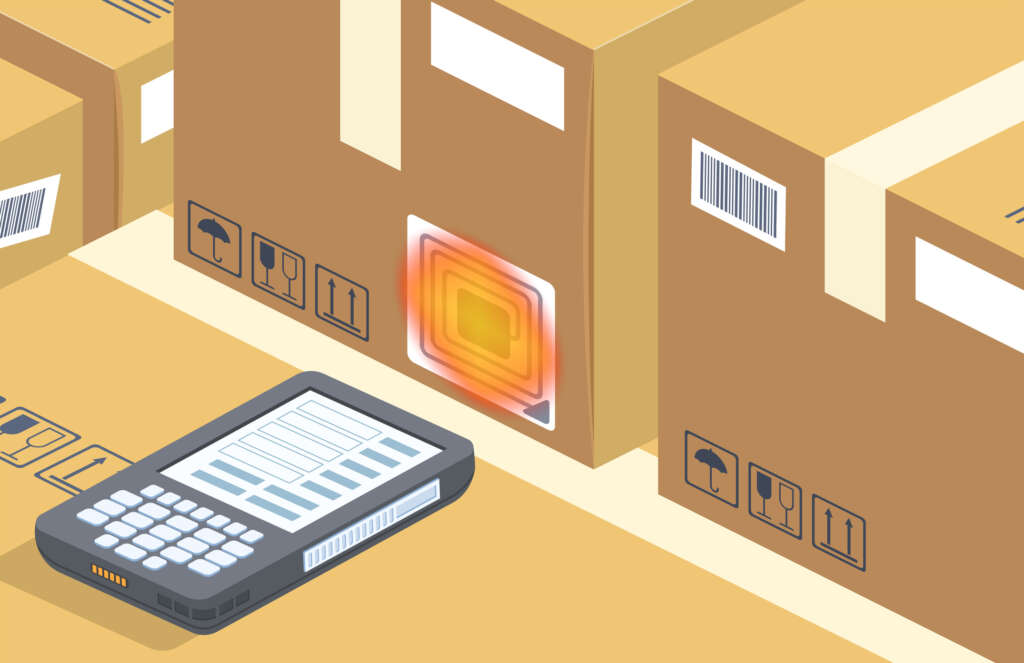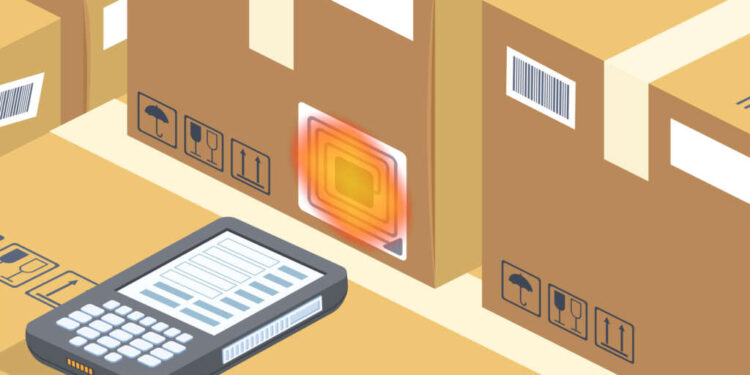
When the Navy needs basic parts like bolts, it turns to the Defense Logistics Agency like the rest of the Defense Department. But when it needs a part with no application outside of the Navy — like a system that goes inside a submarine — that’s where Naval Supply Systems Command (NAVSUP) comes in. With eight fleet logistics centers (FLCs) around the globe that manage roughly 430,000 items worth about $45 billion total, it’s constantly looking to improve its tracking systems so it doesn’t lose anything. That’s why it’s currently piloting a new kind of RFID technology.
The Naval Autonomous Data Collection System (NADACS) uses a mist RFID protocol, which forms a mesh network and provides real-time location. NAVSUP will also use improved passive RFID.
“We have a pilot that was just started this year down at FLC Jacksonville, looking to incorporate also the Marine Corps solution, which is [the Marine Corps Platform Integration Center (MCPIC)],” John Ballou, SUPO65 division director at NAVSUP, said on The Modernized Warehouse. “It’s gotten some notoriety recently with the Marine Corps passing audit and being able to, with that clean audit opinion, they’ve credited MCPIC with really being able to enhance that. So we’re looking to take the goodness there with the MCPIC team and integrate it with NADACS as another means of data ingestion.”
Other tracking tools
But NADACS isn’t the only tool NAVSUP uses to track its inventory; Ballou said Navy ERP is the accountable system of record, and the go-to for shore facilities to ensure an accurate count. He said other systems are also sometimes used on the supply side, like COMIS or R-Supply.
And Cdr. Jason Harnish, deputy division director for NAVSUP Materiel Management SUP44, said One Touch is is what he currently uses for world-wide location visibility.
“If I were on the deck plate and I’m looking for a piece part and I don’t have it, I would go into what’s called One Touch and look in there and see where it is in the world because you can put in the stock number,” he said on The Federal Drive with Tom Temin. “The SKU is what outside of the military, stock keeping unit, would be what we refer to as a NIN — national identification number. So I would plug in the NIN in One Touch and then there’s a tab in there that says inventory. And it would let me know where it is potentially in the world at a given time. So within a few hours of replication of data and all that stuff.”
Navy Working Capital Fund
All of these materials NAVSUP deals with, Harnish said, are Navy Working Capital Fund materials, the name given to parts that are unique to the Navy. Those also have special requirements; for example, Harnish said a certain percentage of those parts have to come from the DoD’s organic industrial base, rather than from commercial vendor suppliers. That percentage varies based on the weapons system and what’s considered critical parts.
That also requires a standardized, specific approach to the acquisition process on the commercial side. Anything that comes from a commercial vendor has to include the necessary data to work across the entirety of NAVSUP’s enterprise.
Copyright
© 2024 Federal News Network. All rights reserved. This website is not intended for users located within the European Economic Area.







